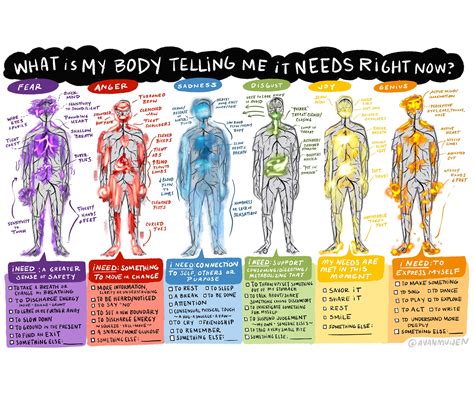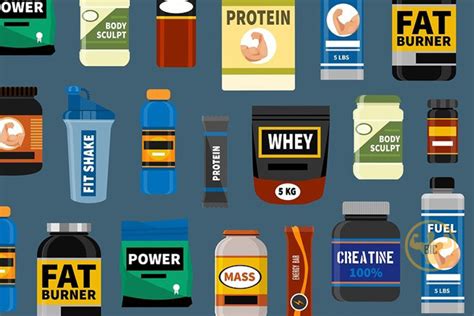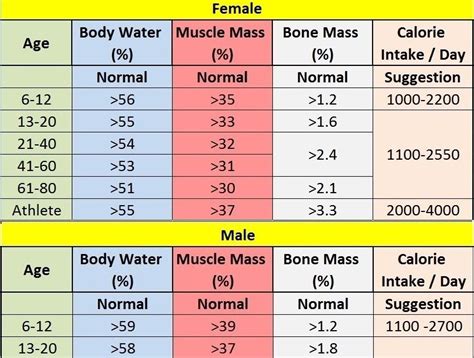Understanding your body composition is a crucial aspect of overall health and fitness. For adult men, muscle mass percentage is a key indicator, reflecting not just physical strength but also metabolic health and longevity. It’s often misunderstood, with many wondering what constitutes a healthy or ‘average’ level.
Defining Muscle Mass Percentage
Muscle mass percentage refers to the proportion of your total body weight that is comprised of muscle. This includes skeletal muscle, smooth muscle, and cardiac muscle, though when discussing body composition, it primarily refers to skeletal muscle. Unlike body fat, which is often viewed negatively, muscle mass is generally seen as beneficial, contributing to a higher metabolism, better physical function, and a reduced risk of various health conditions.

Average Ranges for Adult Men
What’s considered “average” can vary significantly based on age, activity level, genetics, and overall fitness goals. Generally, for adult men:
- Athletic/Very Fit: 40-50% and above. These individuals typically engage in regular, intense physical activity, especially strength training.
- Fit/Active: 35-40%. Men who exercise regularly and maintain a healthy lifestyle.
- Average/Healthy: 30-35%. This range typically applies to men with a moderate activity level.
- Below Average: Below 30%. This could indicate a need to focus on building muscle mass for health benefits.
It’s important to remember these are general guidelines. Individual variation is significant, and what’s healthy for one person might be different for another.

Factors Influencing Muscle Mass
Several factors play a role in determining an individual’s muscle mass percentage:
- Age: Muscle mass naturally declines with age, a process known as sarcopenia, typically starting in the 30s.
- Genetics: Predisposition to muscle growth and muscle fiber type distribution can be inherited.
- Physical Activity: Regular resistance training and other forms of exercise are crucial for building and maintaining muscle.
- Nutrition: Adequate protein intake and overall caloric intake support muscle synthesis and growth.
- Hormones: Testosterone and growth hormone significantly influence muscle development.
- Lifestyle: Sleep quality and stress levels can impact muscle recovery and growth.
The Importance of Healthy Muscle Mass
Maintaining an optimal muscle mass percentage offers numerous health benefits beyond aesthetics:
- Metabolic Health: Muscle tissue burns more calories at rest than fat tissue, contributing to a healthier metabolism and easier weight management.
- Strength and Function: Essential for performing daily activities, maintaining mobility, and preventing falls, especially as we age.
- Bone Health: Resistance training that builds muscle also strengthens bones, reducing the risk of osteoporosis.
- Injury Prevention: Strong muscles protect joints and ligaments, making injuries less likely.
- Improved Insulin Sensitivity: Muscle cells are major sites for glucose uptake, which helps regulate blood sugar levels and reduces the risk of type 2 diabetes.

How Muscle Mass is Measured
Accurately determining muscle mass percentage usually requires specialized tools:
- DEXA Scan (Dual-energy X-ray Absorptiometry): Considered the gold standard, providing highly accurate readings of bone, fat, and lean mass.
- Bioelectrical Impedance Analysis (BIA): Available in scales and handheld devices, BIA sends a small electrical current through the body to estimate body composition. Accuracy can vary.
- Skinfold Calipers: Measures the thickness of skinfolds at various body sites to estimate body fat, which can then be used to infer lean mass.
- MRI (Magnetic Resonance Imaging): Highly accurate but often expensive and used more in research settings.

Tips for Building and Maintaining Muscle Mass
If your goal is to increase or maintain a healthy muscle mass, consider these strategies:
- Resistance Training: Incorporate strength training exercises 2-4 times per week, focusing on progressive overload.
- Adequate Protein Intake: Aim for 1.6-2.2 grams of protein per kilogram of body weight daily to support muscle repair and growth.
- Balanced Nutrition: Ensure a sufficient caloric intake with a balance of macronutrients to fuel workouts and recovery.
- Prioritize Sleep: Quality sleep is essential for hormone regulation and muscle recovery.
- Stay Hydrated: Water plays a crucial role in all bodily functions, including muscle performance and recovery.

Conclusion
While there are average muscle mass percentages for adult men, it’s more beneficial to focus on your individual health journey rather than strict numbers. A healthy muscle mass is a dynamic state influenced by numerous factors and is a vital component of a robust, functional, and metabolically healthy body. Regular physical activity, a nutrient-dense diet, and a healthy lifestyle are the cornerstones for optimizing and maintaining this crucial aspect of your body composition.




